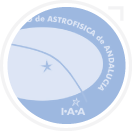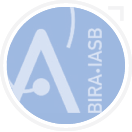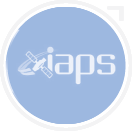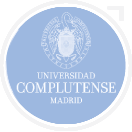OU - The Open University
The Open University (OU) has a long heritage in exploiting spaceflight data and are co-I and co-PI on a number of Mars exploration instruments, including MCS/MRO, and the AMELIA, NOMAD, DREAMS and PANCAM instruments on ExoMars TGO and Rover, among others. The OU will provide experience and proven modelling and data analysis techniques regarding planetary atmospheres and subsurface environments.
The Planetary and Space Sciences discipline (PSS) has a long history of involvement in the exploitation and interpretation of Mars atmospheric and surface environment data, from both a modelling and laboratory simulation perspective. The PSS team has had significant roles in Mars missions, including ESS/Beagle2, AEP/ExoMars Humboldt, Mars Climate Sounder/Mars Reconnaissance Orbiter, the AMELIA, DREAMS and NOMAD instruments on ExoMars TGO and EDM 2016, and PanCam on ExoMars 2018 Rover. As well as data interpretation and exploitation, the OU is also the UK-lead in development of a Mars global circulation model and Mars Climate Database (MCD) formed from its output, in collaboration with LMD, Paris and IAA, Granada.
Previous related projects:
-
European Mars Climate Database. A collaborative project between LMD/CNRS, France, the OU, UK (previously Oxford University when Lewis was based there) and IAA, Spain. An ESA-funded project to develop a reference climate database of use to spacecraft engineers and mission planners, as well as scientists, formed from the output of state-of-the-art Mars global circulation models with simplified models of variability included. The project formally started in 1995 and is still ongoing with the latest version of the MCD (v5.1) shortly to become available at http://www-mars.lmd.jussieu.fr/.
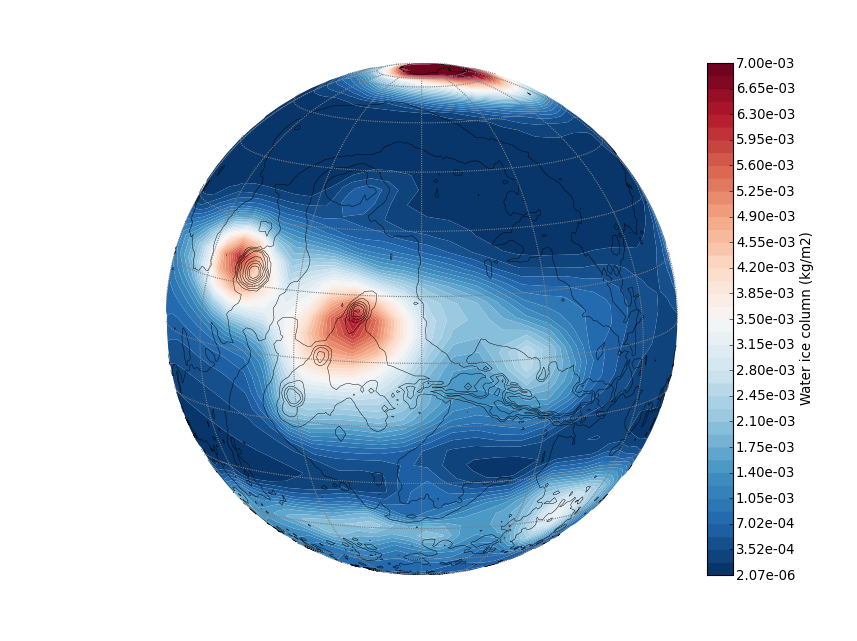 Water ice column, extracted from the Mars Climate Database
Water ice column, extracted from the Mars Climate Database - MCS/Mars Reconnaissance Orbiter. The Mars Climate Sounder (MCS) observes the temperature, humidity, and dust content of the Martian atmosphere, using infrared limb-sounding techniques making measurements that are needed to understand Mars' current weather and climate, as well as potential variations that may occur. MCS is led by NASA/JPL but with a strong collaborative link with the OU. MCS represents NASA's third attempt to observe Martian weather and monitor the planet's climate using modern infrared remote sensing techniques, including limb sounding. The campaign began in 1986 with the Pressure Modulator Infrared Radiometer (PMIRR)121 on the Mars Observer mission, which was lost in 1993 only a few days prior to Mars orbit insertion (MOI). NASA re-selected that scientific investigation, using the same PMIRR instrument design, for another mission, the Mars Climate Orbiter (MCO). Launched in 1998, the MCO spacecraft entered the Martian atmosphere during MOI and was destroyed. NASA selected the team once more to build the new MCS instrument now onboard the Mars Reconnaissance Orbiter (MRO). MCS is not a copy of the PMIRR instrument launched in 1992, as the 1998 PMIRR II was, but is a smaller, lighter instrument. MCS has been operating successfully since the end of 2006.
-
NOMAD/ExoMars TGO 2016. NOMAD is a 3-channel spectrometer selected for the ExoMars TGO orbiter due for launch in 2016, led by the IASB group in Belgium and consisting of an international team including the UK (OU), Spain and Italy as major contributors. NOMAD will map and measure vertical profiles of trace gases and aerosols in the Martian atmosphere in unprecedented detail, providing detailed information on the spatial and temporal variation of key Martian species and news insights into important processes occurring on Mars.
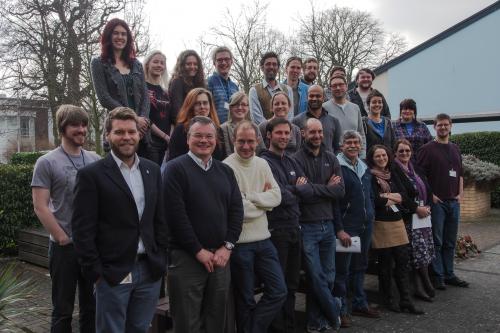
The OU PSS team
The Open University will coordinate the overall lead of WP1 and will be responsible for the development and modelling of subsurface transport (Subsurface reservoirs and transport of trace gas species), as well as ozone sensitivity studies to dust in the WP5 (UV properties of dust and implications for ozone nadir measurements) and modelling comparisons in WP6 (New retrieval of SPICAM solar occultation observations). It will lead the data assimilation of the project (WP8) and contribute to the transport of trace species after release from the subsurface (WP2).








